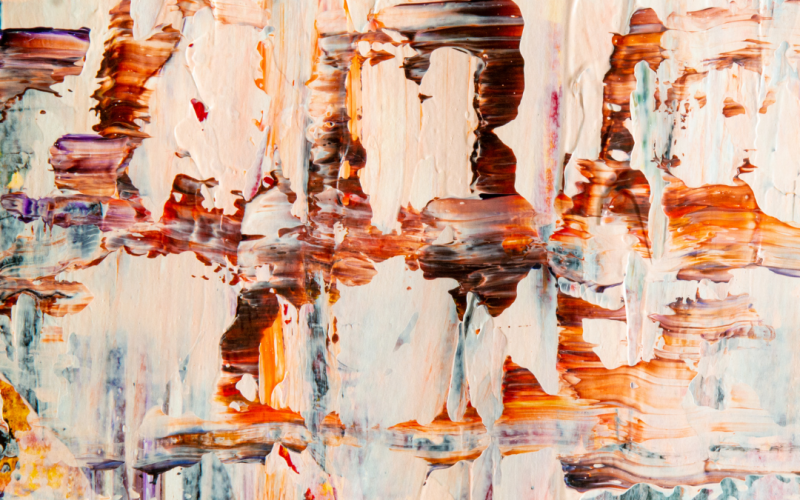Austria boasts a rich and fascinating history, and one cannot truly explore it without visiting the country’s castles and palaces. Many of Austria’s Castles and Palaces have been around for centuries, and they have become a window for people to see into Austria’s past. Castles and palaces have always been symbols of power, wealth, and cultural achievement in Austria, as in many other European countries. They were often built and used by the ruling classes, including monarchs, nobles, and wealthy merchants, as centres of political, social, and cultural life.
During the medieval and early modern periods, castles were especially important in Austria when the country was a feudal society with lords, vassals, and serfs. They served as military fortifications, protecting against invading armies and rival lords. Some castles also functioned as administrative centres, where local officials collected taxes, administered justice, and enforced the law. Additionally, castles were centres of culture where lords and ladies hosted banquets, held courtly tournaments, and patronised the arts.
Palaces, on the other hand, were primarily built during the Renaissance and Baroque periods when the Habsburgs ruled over Austria as an imperial power. Palaces were grand residences built to showcase the wealth, power, and cultural achievements of the monarchy. They were often used for state functions, diplomatic receptions, and other grand events. Decorated with works of art, luxurious furnishings, and ornate architecture, palaces were a feast for the senses. Stay up to date on the newest in the world of Fashion, Arts, Beauty and Lifestyle; Follow FAB on Instagram.
Many of these castles and palaces still stand and continue to be popular tourist attractions that offer a glimpse into Austria’s rich history. Let’s take a look at some of them.
Schönbrunn Palace: A Marvel of Baroque Architecture

For an architectural and opulent glimpse of Austria’s past, the Schönbrunn Palace is a must-visit. This UNESCO World Heritage Site is one of Austria’s most famous palaces, designed in the Baroque style by architect Johann Bernhard Fischer von Erlach and completed in the mid-18th century. With over 1,400 rooms and apartments, the palace’s interior decoration is as stunning as its architecture. Some of the notable rooms include the Great Gallery, the Millions Room, and more.

The palace also boasts beautiful gardens and parkland, including the Great Parterre, the Neptune Fountain, and the Tiergarten, the oldest zoo in the world. In 1809, the palace was the site where the Treaty of Schönbrunn was signed, marking the end of the War of the Fifth Coalition between Napoleon and Austria. Today, the palace remains one of the most famous tourist attractions in Austria, welcoming hundreds of visitors every year.
Hochosterwitz Castle: A Window into Mediaeval Life
If you’re fascinated by the Middle Ages and their castles, Hochosterwitz Castle is the perfect destination. This mediaeval fortress is located in the Carinthia region of Austria and offers a glimpse into Austria’s rich history and mediaeval architecture. The castle was first built in the 9th century and was later expanded and fortified during the Middle Ages. Perched on a rocky outcrop overlooking the surrounding countryside, the castle is accessible only by a long, winding road that leads to the castle gates. The castle’s 14 gates are a testament to the defence system used by the Austrian people during the Middle Ages, fortified and guarded with various obstacles and defensive measures.
Today, Hochosterwitz Castle is a popular destination for tourists interested in exploring Austria’s rich history and medieval architecture. Visitors can explore the castle’s rooms, towers, and courtyards and learn about its history as a fortress. The local restaurant offers traditional Austrian cuisine, making it an ideal spot to take a break from exploring.
Hohensalzburg Fortress: An Iconic Landmark

The Hohensalzburg Fortress is a UNESCO World Heritage Site and a must-see attraction for anyone visiting Salzburg. Sitting atop a hill, the fortress overlooks the city and offers stunning views of the surrounding area. To reach it, visitors can take the funicular railway or a steep walk up the hill. The castle, one of the best-preserved mediaeval fortresses in all of Europe, is rich in history and stunning in its architecture. Tourists can explore the castle’s many rooms, towers, and courtyards and learn about its history as a fortress and residence of the archbishops of Salzburg.
Ambras Castle: A Renaissance Marvel
If you love mediaeval weaponry and historical artefacts, the Ambras Castle in Innsbruck is a must-visit destination. Built during the Renaissance era in the 16th century by Archduke Ferdinand II, a patron of the arts and avid collector of books, scientific instruments, and the arts, the castle houses several museums, including the Museum of Armour and Arms. One of the most notable features of Ambras Castle is its Spanish Hall, considered one of the most beautiful Renaissance halls in the world.
Forchtenstein Castle: A Cultural Landmark

Located in the state of Burgenland, Forchtenstein Castle serves as a testament to the region’s history and cultural heritage. Built in the 14th century by the powerful Esterhazy family, the castle is a medieval fortress and showcases Austria’s architectural taste and dexterity during the Renaissance period. The castle’s extensive collection of weapons and armor, with over 14,000 objects, is one of the largest in all of Europe, containing swords, helmets, muskets, and cannons, many of which date back to the 16th and 17th centuries.
Other castles and palaces
Apart from the ones on our list, Austria has many other castles and palaces that showcase its rich past. Castles like Hohenwerfen, Kreuzenstein, Liechtenstein, Franzenburg, Riegersburg, Seeschloss, Kaiserliche Hofburg, Schloss Wiesberg, and Schloss Tratzberg Castle, among others, are worth exploring. These beautiful castles and palaces offer a glimpse into Austria’s glorious past and are a must-visit for anyone interested in history and architecture.
In conclusion, Austria’s rich history is reflected in its castles and palaces, making them ideal destinations for visitors interested in exploring its past. From Hochosterwitz Castle to Hohensalzburg Fortress, Ambras Castle, and Forchtenstein Castle, there is so much to see and learn. We invite you to explore these beautiful destinations and experience Austria.
Related










